White Papers & Reports
Loading...

Decide whether to build or buy a supply chain resiliency solution. Read our eBook to learn the top considerations to make the best choice for your company.

Resilinc named a supplier risk management sample vendor in the June 2024 Gartner Hype Cycle. Download the hype cycle for procurement and sourcing solutions.

Download this infographic to understand the latest regulatory requirements around UFLPA, PFAS, conflict minerals, and more. Learn how to address regulations impacting your global supply chain and product compliance needs.
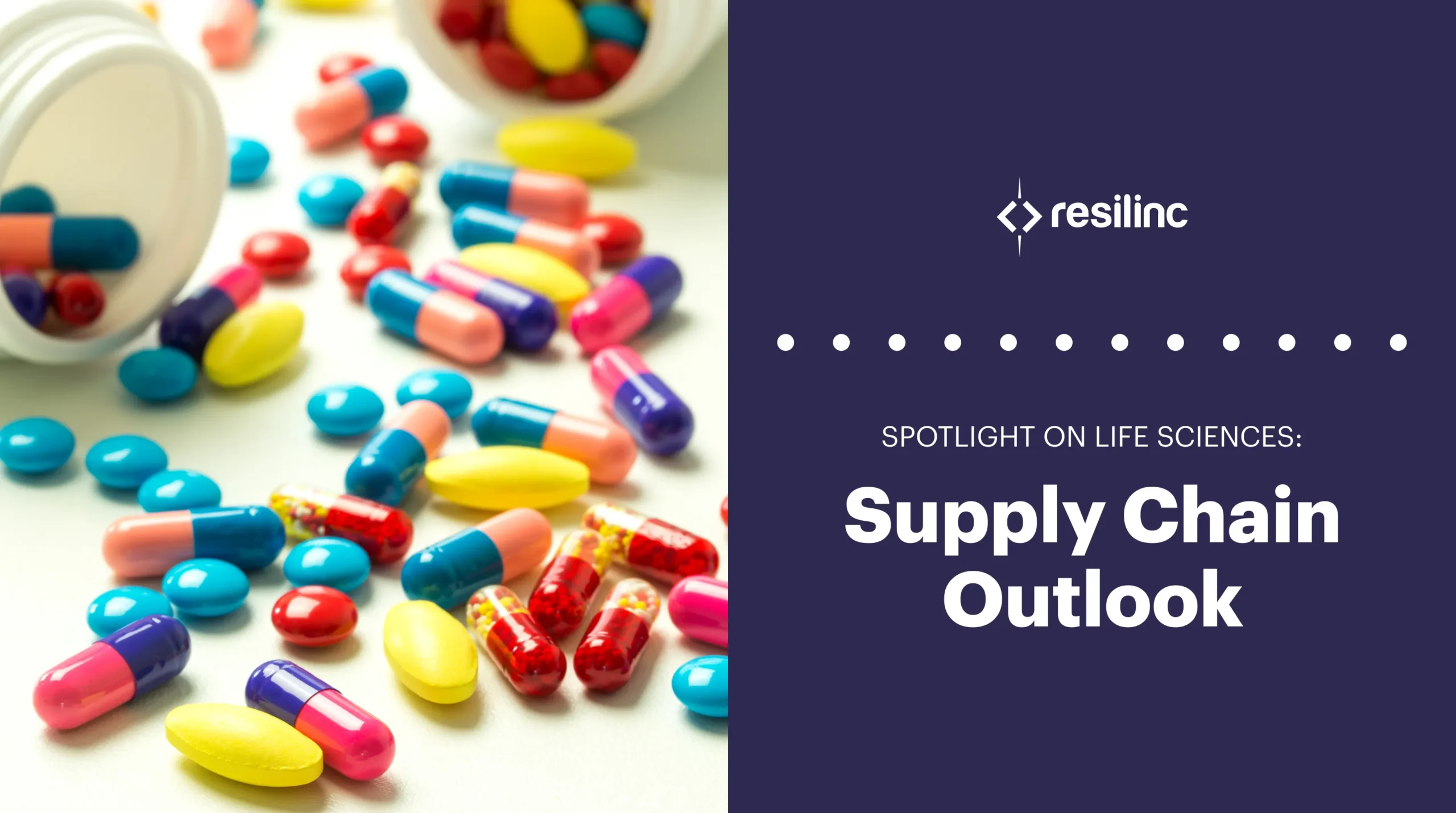
Download this spotlight on life sciences supply chain outlook report and understand how greater supply chain resilience may increase capacity and accelerate drug discovery and therapeutics.
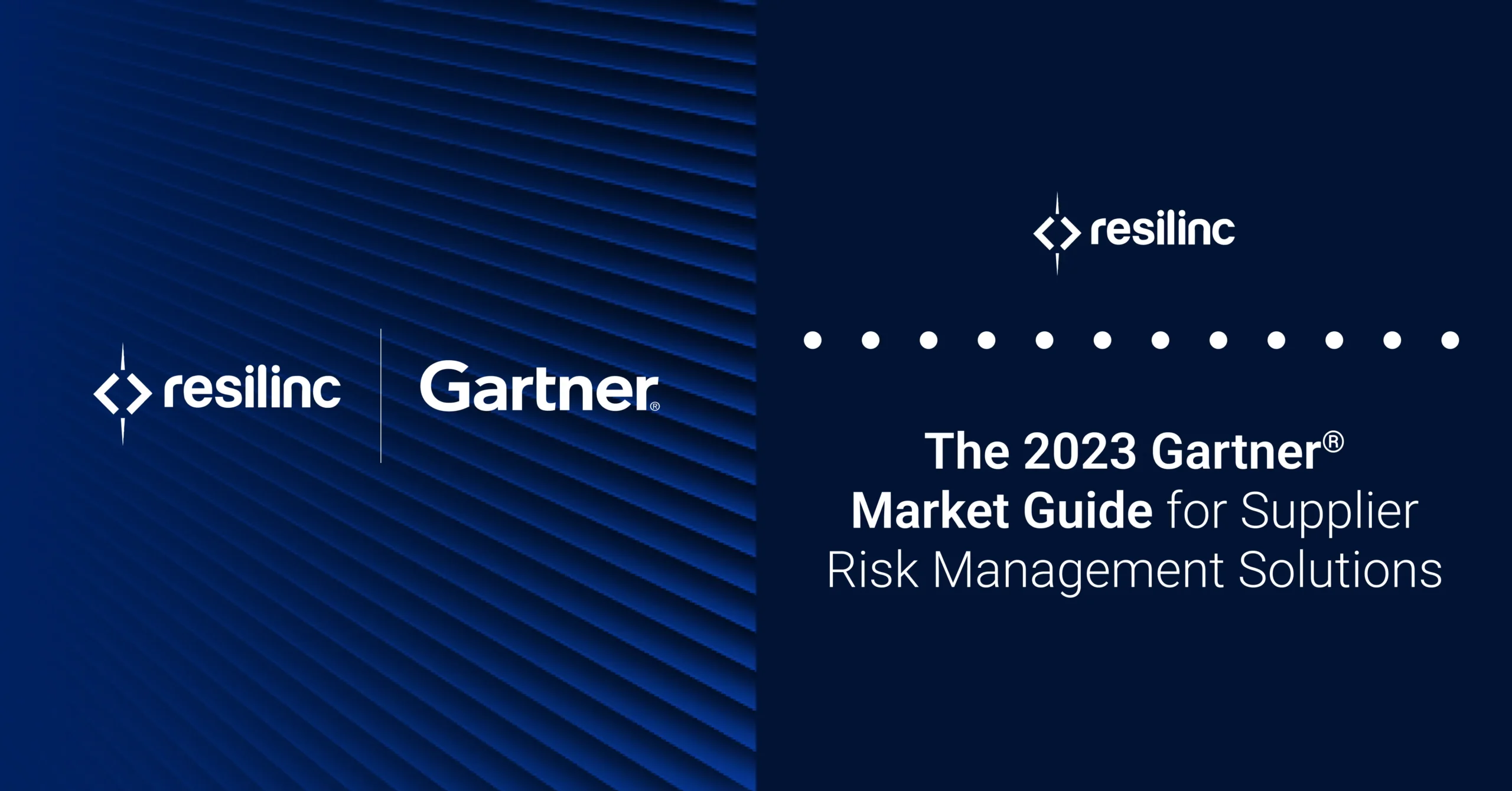
Download the 2023 Gartner® Market Guide for Supplier Risk Management Solutions.

In 2023, global supply chains stabilized as more industry leaders ascended to turn resilience into competitive advantage. Download the report to learn best practices and insights to address ongoing risks in geopolitics, cyberattacks, ESG compliance, and labor issues.
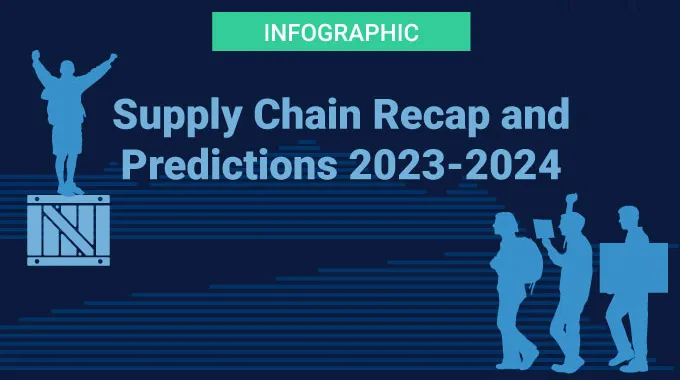
New disruptions and risks are more prevalent for global supply chains. Download this infographic to learn how global supply chains measured up in 2023 and what’s driving the megatrends expected for 2024.

This spotlight on the high-tech and semiconductor industry covers supply chain disruptions, current semiconductor shortage updates, commodity export restrictions, Genpact and SEMI insights, China Plus One, nearshoring and reshoring strategies, and considerations for building more resilient high-tech supply chains.
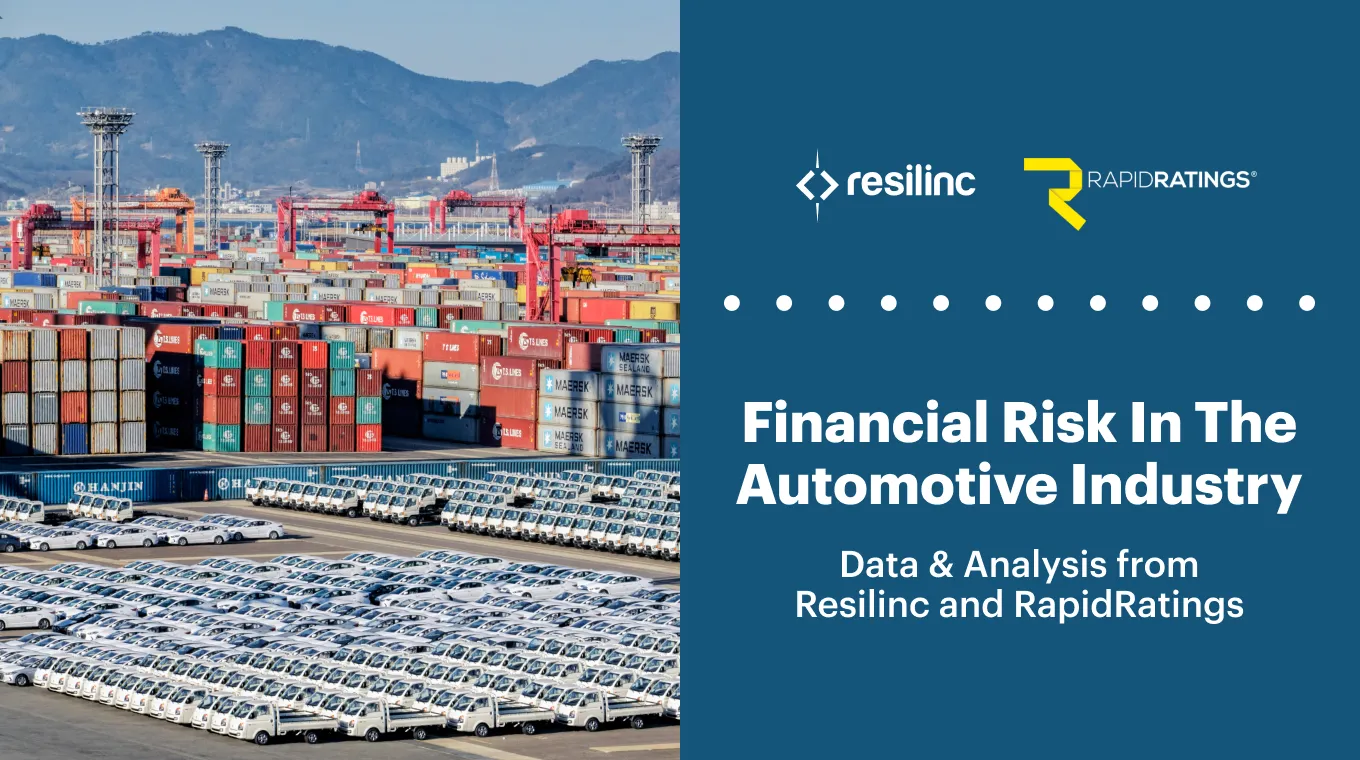
In this in-depth report featuring data and analysis from Resilinc and RapidRatings, we cover supply chain disruptions in the automotive industry, take a deep dive into financial risk, and what organizations can do today to mitigate their risks.

By reading our guide, discover the fundamental changes your organization can implement today to drive a sustainable supply chain revenue impact model and optimize ROI.

In this in-depth report, we explore recent trends fueling increased disruptions across the A&D, new policies and legislations, and effective risk mitigation solutions.
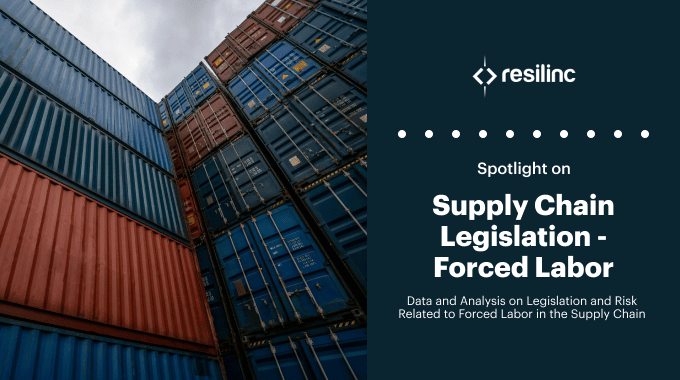
In this Quarterly Spotlight on Supply Chain Legislation, we share exclusive data and insights on supply chain disruptions due to labor violations, and key supply chain legislation passed, and provide best practices on how to prepare your supply chain and mitigate risk.
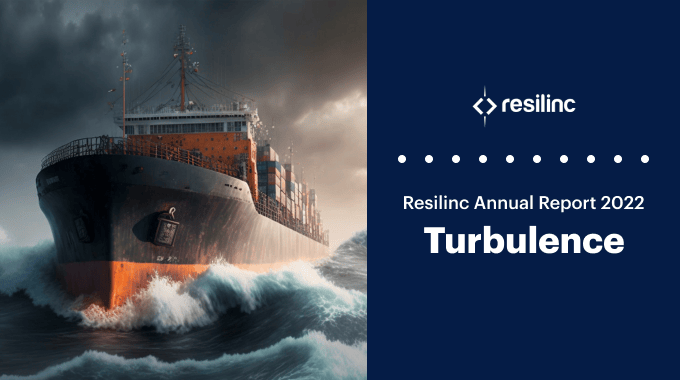
Titled Turbulence after the bumpy year the supply chain has had, our 2022 Annual Report includes exclusive EventWatchAI disruption data, analysis on the year’s trending topics, and expert perspectives on the state of the supply chain.

In this in-depth report, we cover the growing risk and impact of cyber-attacks on the supply chain with exclusive insights and best practices to mitigate your risk of cyber-attacks.

In this in-depth report, featuring data and analysis from Resilinc and Blume Global, we cover port disruptions in 2022 and take a deep dive into how these disruptions impacted the world’s three largest ports.
